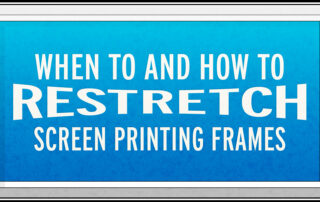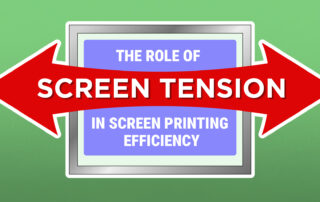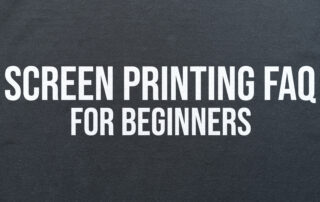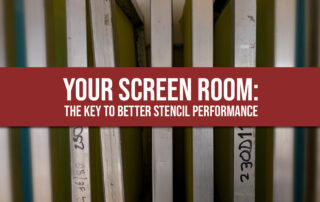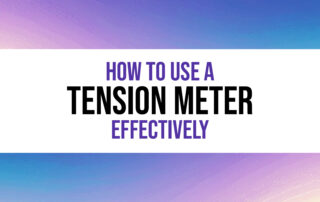When to and How to Restretch Screen Printing Frames
In 1994 I worked for a hole-in-the-wall T-shirt shop in Macon, Georgia. Back then we were doing art by hand, had just started using a Mac to typeset text, and were shooting positives on an upright camera. We also had hundreds of wooden screens.


